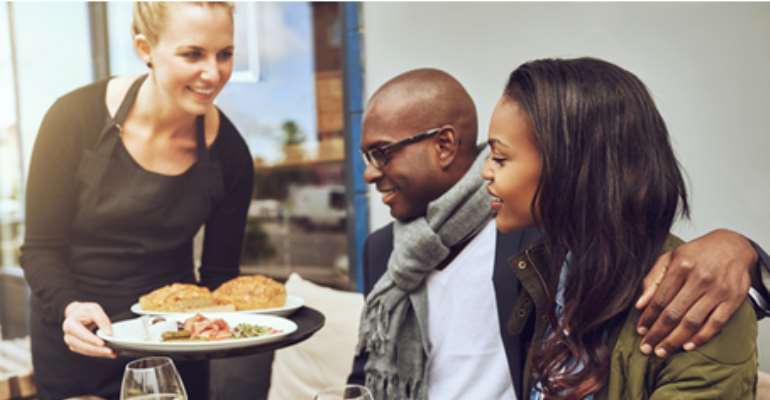Restaurant Models Most Preferred By Tourists

A 2014 industry forecast by the National Restaurant Association shows that with sales of more than US$683 billion, nearly one million locations and a workforce of 13.5 million, restaurants serve as cornerstones in every community.
The travel industry contributes a great deal to the growth of restaurants the world over, as food consumption remains vital in every tourist’s itinerary. Apart from the experience in seeing and feeling, the aspect of tasting especially the indigenous and unique meals of a destination cannot be underrated. Food is a substantial way of penetrating and understanding new and diverse culture.
Against this backdrop, it is commonplace that tourists often dine in restaurants. The presence or easy accessibility of one therefore becomes a prerequisite for tourists booking accommodation either online or offline. Different brasseries adopt diverse models to accommodate their clientele, often made up of a high percentage of tourists.
Buffets have over time become popular, not only in high end restaurants (as was traditionally) but also in budget eateries. Foods are arranged on tables and guests select their favorite preferences, giving the diners liberty to go for what they think is best. They then carry their plates to the dining tables; some restaurants have servers to carry the plates for the guests.
In this millennium, restaurant diners have become more cautious about the safety of the food they consume, from the preparation to the serving stage. Aware of these qualms, some restaurants have introduced the Live Cooking stations for customers who prefer to experience their meals being prepared for them. Moreover, this service caters for guests with special diets, ensuring inclusivity. Whatever the nutriment, be it gluten-free or low-fat for those on diet, a healthy spectrum is assured.
Travelling with family is a time to bond and mealtimes usually serve the purposes, giving members a chance to communicate and connect with each other. The restaurant sets the dining table and serves the meals in a family setting once the guests are seated. Note that it is important to make prior arrangements for your family mealtime with the restaurant, in order to bastardize your setting.
Are you seeking to partake your meals in a private and quiet milieu, either alone or with your partner? Then you would opt for room service, also referred to as in-room dining. Room service is common among hotels with onsite restaurants, enabling guests to have their meals delivered to their hotel rooms. Confirm whether the restaurant provides the service free or at a surcharge and whether it’s 24 hours or just for a specified time.
In instances where tourists lodge in an independent house, chalet or even an apartment, the idea of leaving the comfort of the house to go to a restaurant can sometimes make you down in the dumps. Thankfully, most restaurants have online food delivery services that will see that savory meal you ordered, delivered right to your doorstep.
In this case, the restaurants either have staff dedicated to this service, or partner with service providers such as Hellofood, to deliver the orders. With the growth of e-commerce worldwide, online food delivery has increased revenue turnover for restaurants that have incorporated this service to their conventional models.
As I nip in the bud tepidly, remember that every restaurant model or service style you choose is imperative in the accomplishment of your travel plan. While you might decide to stick to just one, variety is key in slackening the rigors of your Safari .
